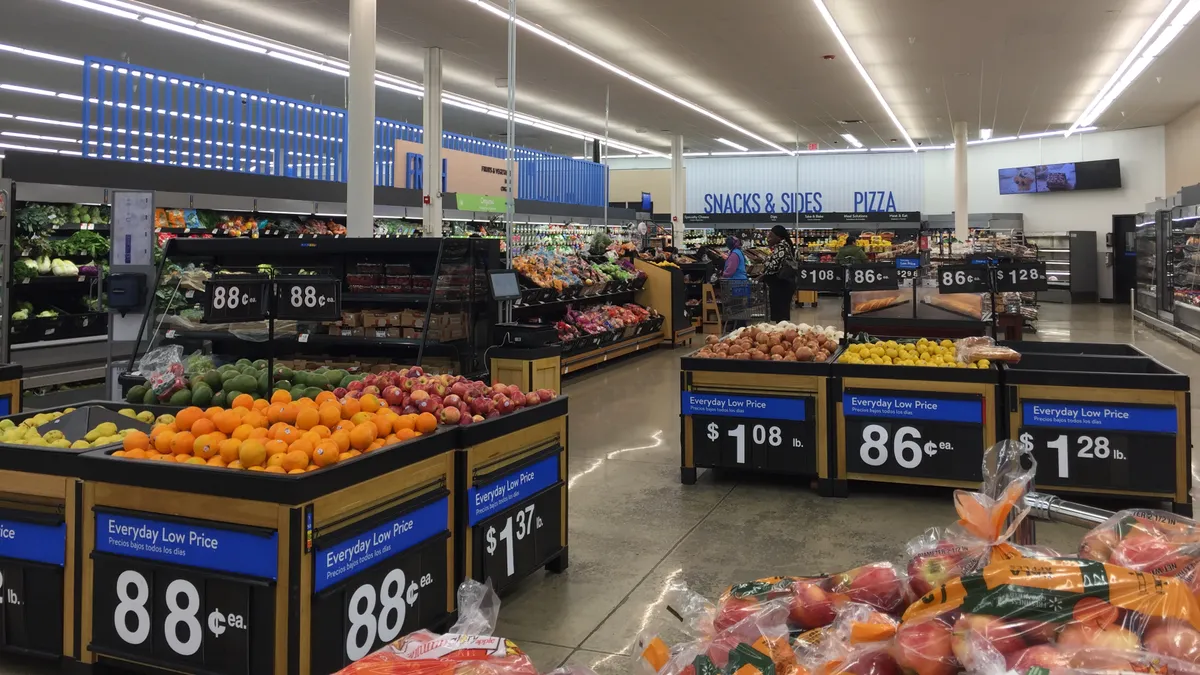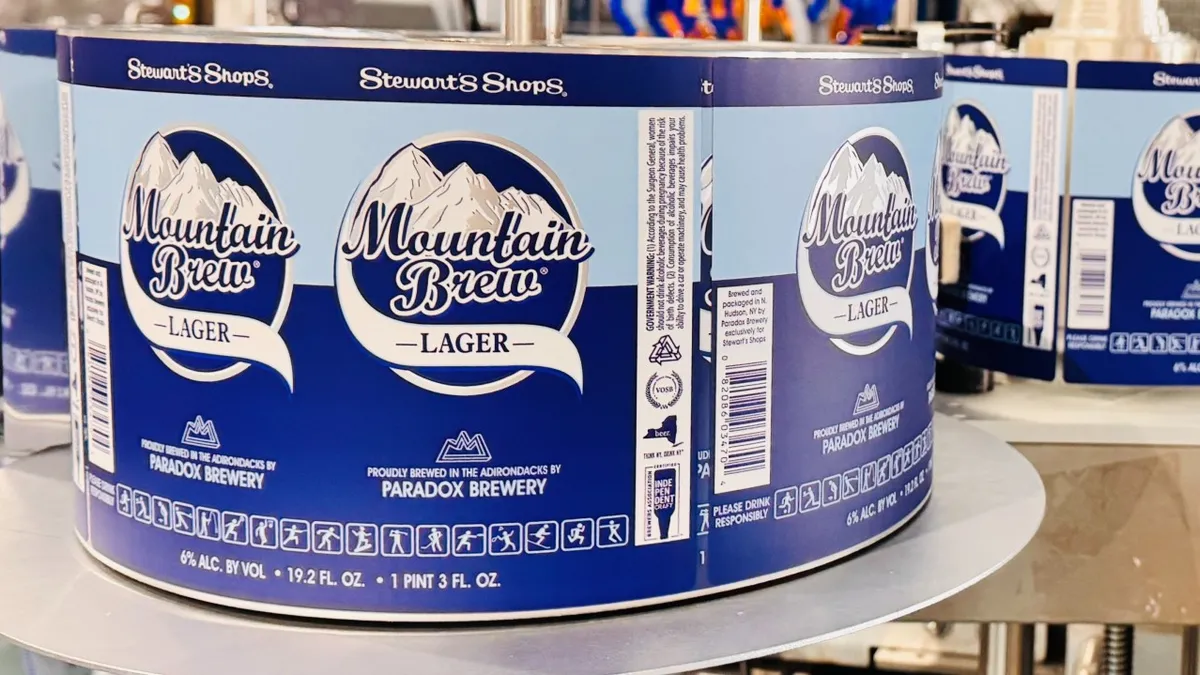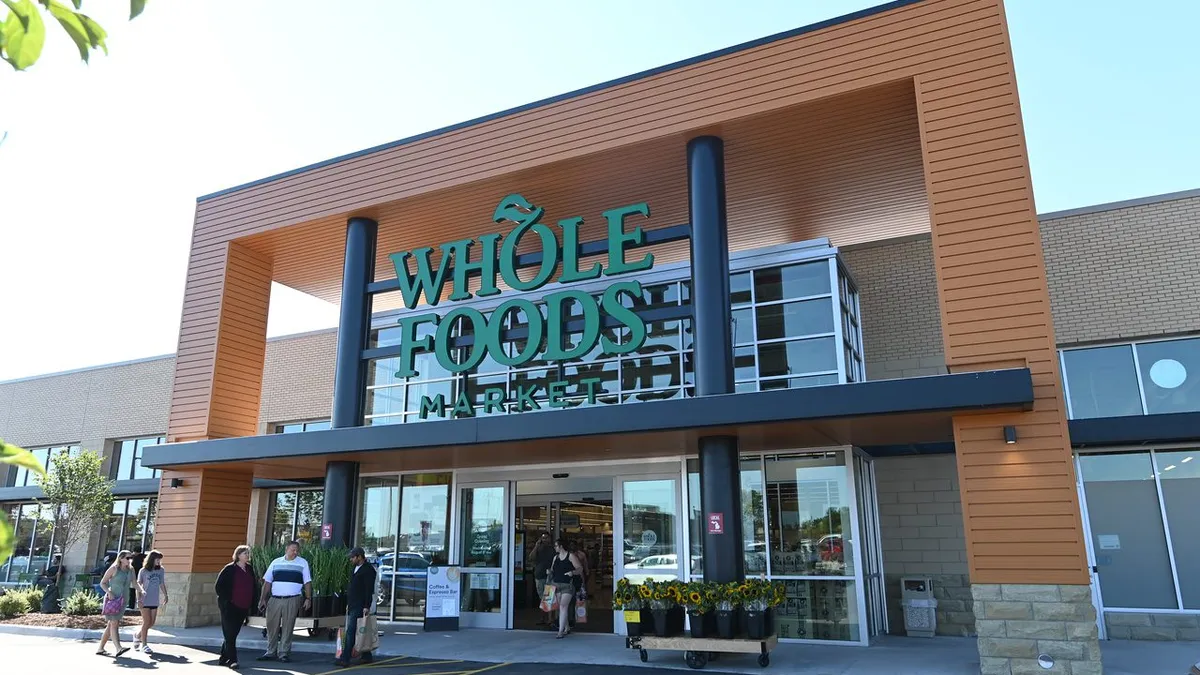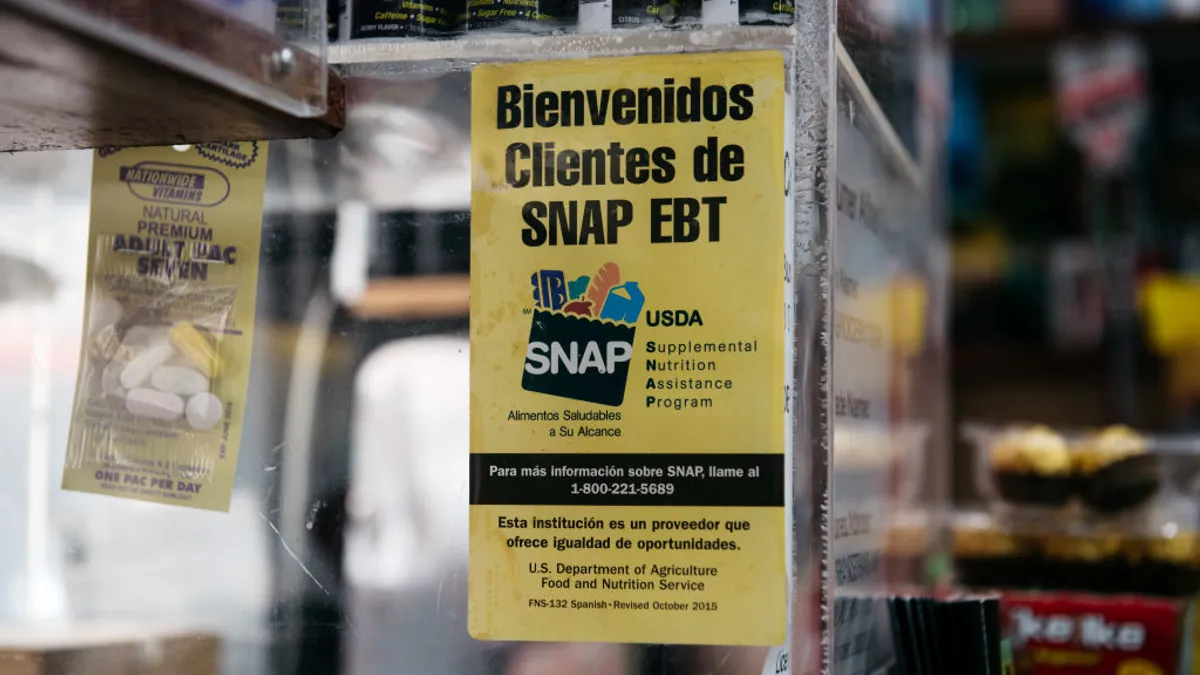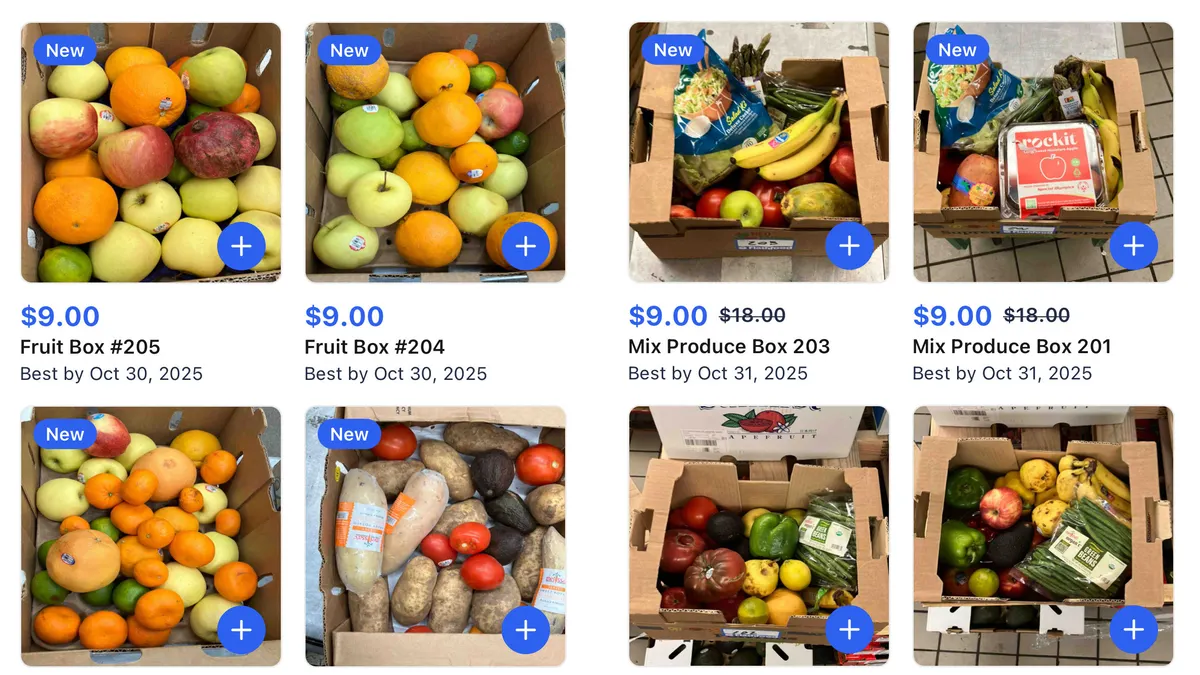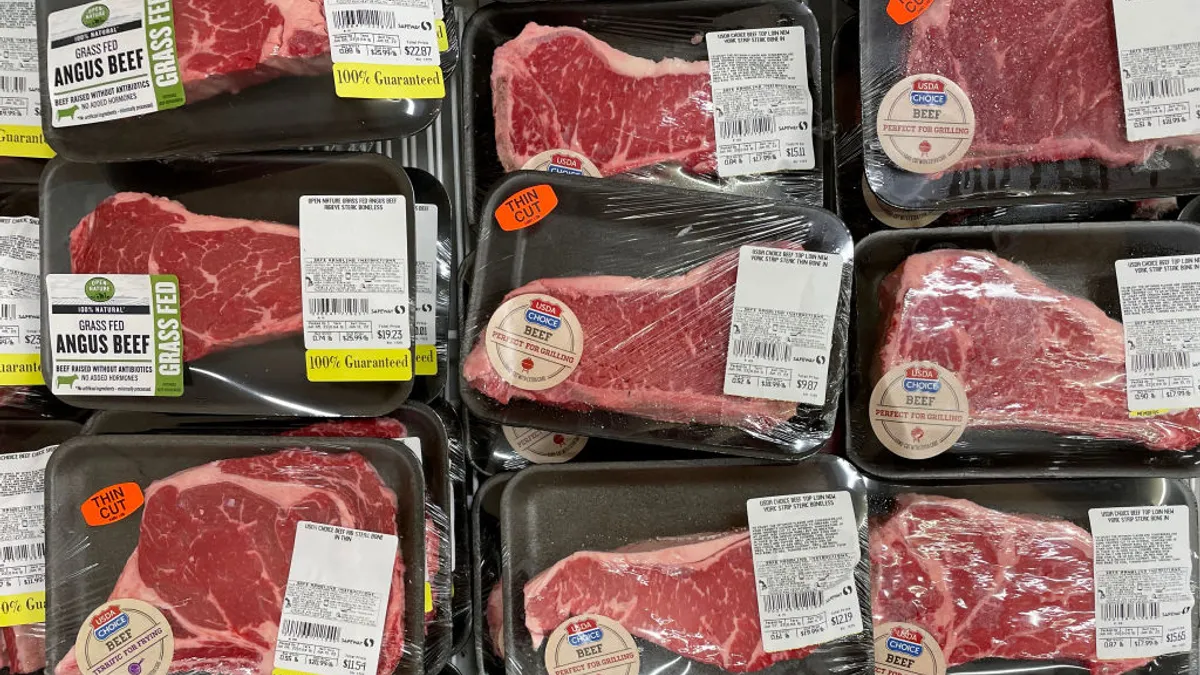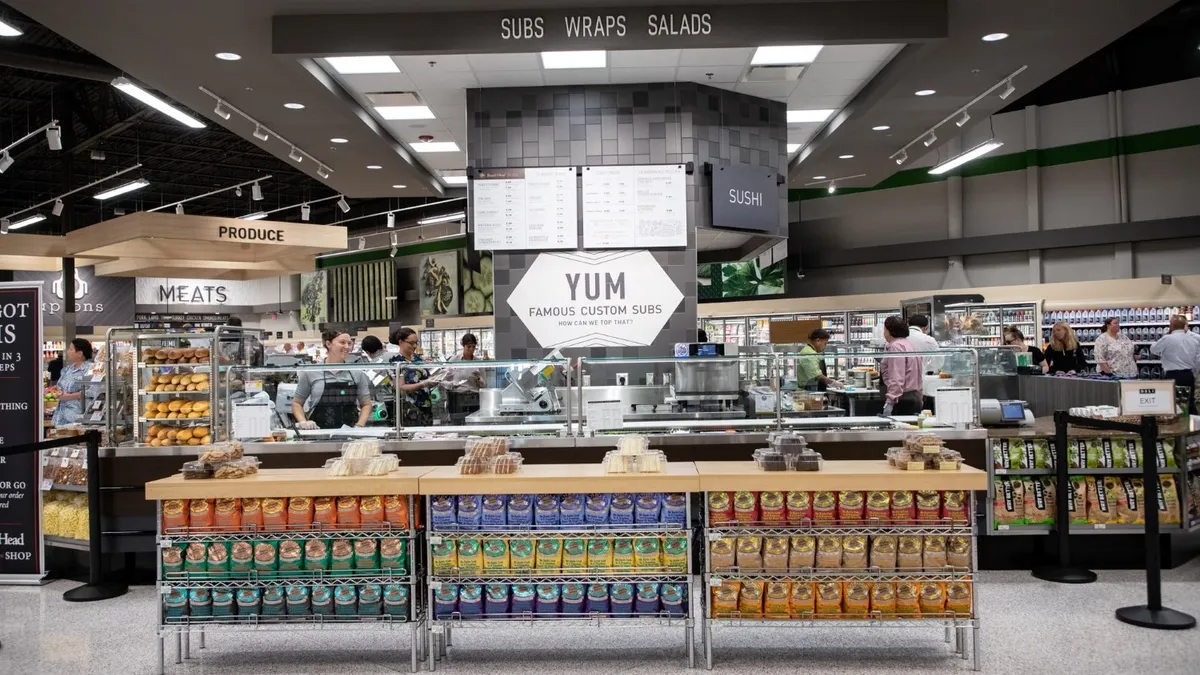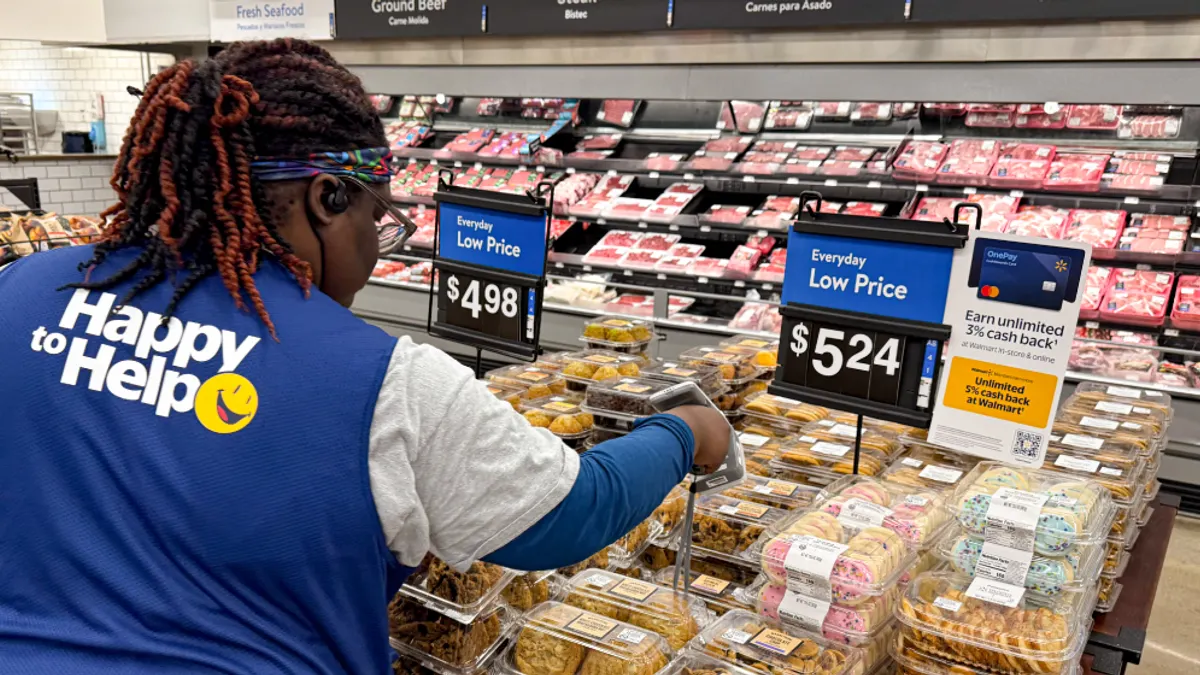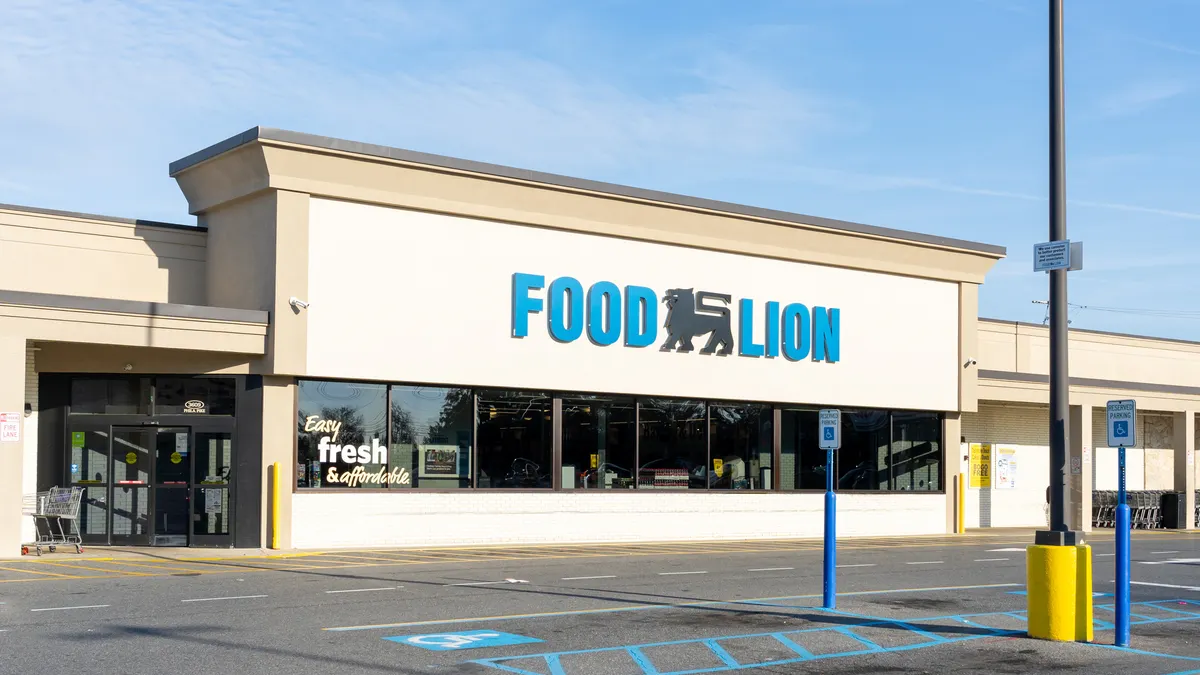Number Sense is a regular column that uses data to help understand the grocery landscape.
As a grocery industry journalist, I’m always hunting for clues about what the future holds for the time-honored supermarkets that have for generations anchored the nation’s food-retailing ecosystem.
That question is hardly new, of course, since conventional grocery store chains have been under mounting pressure as rivals like Walmart, Costco and Aldi work aggressively to siphon shoppers’ dollars. Still, I took particular note of data that management consulting firm AlixPartners shared in mid-October showing that traditional grocers have lost considerable ground over the past few years in a mission-critical category they should own: fresh produce.
According to those figures, which were compiled by Circana and reflect the week that ended July 13, those traditional grocery retailers now command only 46% of consumer spending on fresh fruits and vegetables, down from 51% in 2019. Meanwhile, mass and club stores, which AlixPartners refers to as national retailers, have gained market share in fresh produce, and collectively own about 33% of the category, up from 29% six years ago, according to the statistics. Discounters control another 10% of the market, about where they were in 2019.
Non-traditional grocery retailers have not only successfully invaded territory at the very foundation of the grocery industry, they are also digging into fresh more deeply by building new supply facilities, expanding private label and more — and that could have profound consequences for supermarket operators.
The shifting landscape paints a startling picture that should be alarming to anyone pondering whether traditional supermarkets will remain relevant to consumers in the years to come. Fresh products have long served as key differentiators for grocers, but as supermarkets lose traction in that sector, they may well be handing the advantage to their rivals.
Traditional supermarkets are ceding market share in the fresh department
AlixPartners noted in its report that national retailers that historically did not focus as heavily on perimeter categories have been taking deliberate steps to muscle into fresh because perishable goods drive shopping traffic. Those moves include the debut by Walmart of the retailer’s first owned-and-operated case-ready beef facility and Amazon’s expansion of its same-day perishable food delivery service.
In addition, these retailers have strengthened their reputations in fresh, further helping them build momentum with shoppers — and bring more people into their stores, where they can also buy other goods.
John Clear, an AlixPartners partner who formerly served as a purchasing executive for Lidl US, pointed out to me that shoppers concentrate their spending on a relatively small number of fresh foods, such as berries, bread, milk, chicken and eggs. As a result, retailers that can be more selective than supermarkets about what they carry are able to focus on a handful of fast-moving fresh goods that they can sell most profitably. Meanwhile, traditional supermarkets have to devote space to goods that might move more slowly but that customers expect them to carry.
Put another way, as traditional supermarkets cede leadership in fresh — particularly among popular goods that move fast — they’ll need to depend more on slower-selling items that are more expensive to carry.
“The whole grocery economics model is founded on having low-rate, high-velocity SKUs offset by high-rate, slow-velocity SKUs so that you can make the whole box make sense,” Clear explained. “So if you’re in a traditional grocery model and you lose [fresh sales] … you’re left with slower moving SKUs that turn into profit less quickly.”
Another competitive dynamic is that retailers that can drive more sales from fewer products enjoy cost efficiencies that are harder for traditional grocers to achieve. This allows those retailers to use labor more efficiently while also needing fewer people to handle back-end operations and reducing shrink.
Of course, while national retailers like Walmart and Amazon profit immensely from their scale, traditional supermarket chains enjoy their own set of benefits.
For example, grocers that serve only a certain part of the country may find it easier to source products locally or customize their assortments to specific shopper bases, which can help them stand out in ways national retailers can’t match.
In addition, regional chains are more likely to have managers and other staff members who know their communities on a much deeper level than people who run stores that are part of national retailers. That empowers smaller retailers to make decisions more nimbly, giving them an edge over rivals that are part of more complex organizations.
Looked at together, conventional supermarket operators still control the largest portion of the produce market, but the erosion in market share they have seen over the past few years is a stark reminder of how dramatically the industry is changing.
As AlixPartners observed, fresh sales represent a growth area for national retailers, but hold existential importance for traditional grocers: “For regionals and specialty grocers, it is a matter of survival. This is a zero-sum game; every share gain for one retailer is a share loss for another.”



